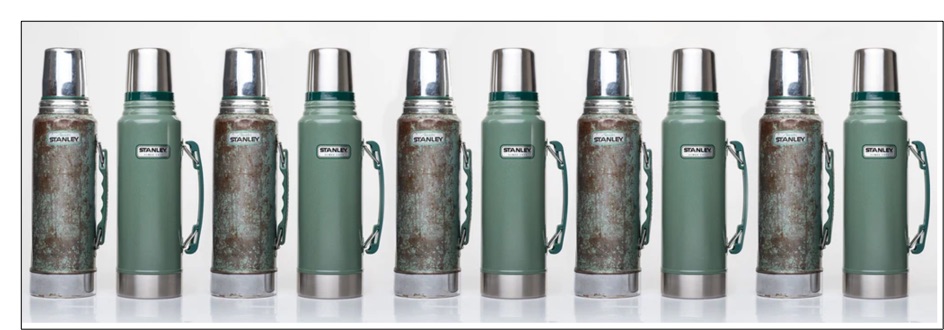
How a Cash-Free Economy Affects Your Health
January 8, 2017
What If Everyone Worked Less?
January 10, 2017Like beachfront property, the supermarket checkout area is a prime location. For the same reason, a separate display at the end of an aisle is a desirable spot.
Where are we going? To allocating scarce resources.
Supermarket “Property”
Supermarkets have to decide who can occupy their prime “property.”
Walking down the freezer aisle, we would mostly see Nestlé and Unilever products. Seemingly varied, Dreyer’s, Skinny Cow, Edy’s and Häagen-Daz are actually all Nestlé. Similarly Magnum, Ben & Jerry’s, Breyer’s, Klondike and Talenti are from Unilever. If the aisle had 24 doors, only two might lead to the generics and niche brands.
To secure their product placement, Nestlé, Unilever and other vendors could have given supermarkets display, “pay-to-stay” or slotting fees. Stop & Shop reputedly has received $500,000 and ShopRite, $50,000 for product placement agreements.
The money also could have been for a product layout diagram. Although many brands could be included, the diagram would facilitate one firm’s dominance. Below, you can see a layout called a planogram:
We should note that not all stores receive revenue from fees and vendor planograms. Instead discounts and other financial incentives are a possibility. Also, fees can be controversial and illegal because they constrain competition.
A Final Thought
The more I read and heard firsthand, the more I realized that product placement issues are endless. We really are looking at topics that range from shelf space, scanners and revenue to new product introduction. We are talking about countless firms that manage their stores in different ways.
Our Bottom Line: Scarcity
But thinking economically, it all boils down to scarcity.
When economists talk about scarcity, they mean limited quantities. In an economy, the supply of land, labor and capital is scarce. For a supermarket, the shelves and aisles are scarce.
When quantities are limited, we need a distribution system to decide who gets what. In an economy, one distribution system is the market. For a supermarket, it can be a display or slotting fee.
My sources and more: My thanks to Joel S. for his firsthand supermarket facts. I also send an H/T to my econ student Sam for alerting me to slotting fees through Vox. For more from the opposition, this paper and its overview are a good starting point. Then to continue with a more balanced perspective, I recommend this FTC report and this paper.
![econlifelogotrademarkedwebsitelogo[1]](/wp-content/uploads/2024/05/econlifelogotrademarkedwebsitelogo1.png#100878)






